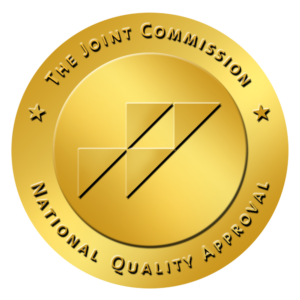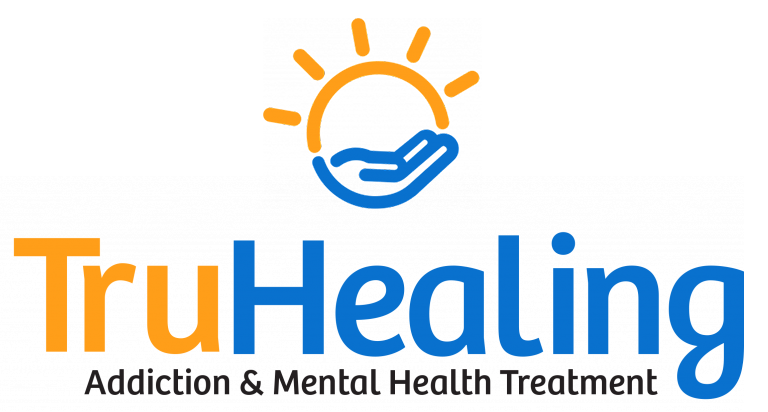Seasonal depression, also known as seasonal affective disorder (SAD), is a type of depression linked to changes in the seasons. It usually occurs during winter and ends in spring, and usually occurs perenially. However, it is more than just “winter blues” since the symptoms can be quite distressing and overwhelming and could affect your normal functioning. Fortunately, it can be treated.
On rare occasions, seasonal depression can cause “summer depression” during the spring and summer seasons. Please don’t ignore that yearly feeling that saps your energy and makes you feel moody for months, and don’t assume that you have to get through it yourself. Take action and reach out to TruHealing Centers today to ensure that your mood is steady throughout the year. Find help through our depression disorder treatment program available through some of our locations.
What Are the Causes of Seasonal Depression?
There is no proven cause of seasonal depression, although it is linked to a lack of enough sunlight. Less exposure to sunlight affects the biological component that deals with hormones, influences sleep patterns, and regulates mood. The change in season can cause a drop in serotonin, a brain chemical that influences mood, leading to depression.
How Do You Know if You Have Seasonal Depression?
The reduced light, warmth, and vibrancy of color during winter causes many people to feel dull, sad, constantly fatigued, and unmotivated. Don’t worry if this happens to you; it may not be related to seasonal depression. However, if these symptoms come up consistently around the same time every year and affect your quality of life, there is a high chance you may have seasonal depression.
The severity of the symptoms may vary in different individuals. This is based on one’s genetic vulnerability, as well as geographical location. People who live in high altitude areas are more vulnerable to seasonal depression. The symptoms usually begin at the start of fall, intensify during winter, and then slowly lift towards spring and the early days of summer.
Other common symptoms of seasonal depression include:
- Hopelessness and despair
- Loss of appetite
- Irritability and anxiety
- Difficulty concentrating
- Sluggishness and sleepiness
- Social isolation
How to Manage Seasonal Depression
Irrespective of your symptoms’ severity, if seasonal depression overwhelms you and is seriously affecting your life, it’s time you seek help and learn how to manage it.
Antidepressants
Antidepressants such as Bupropion XL and selective serotonin reuptake inhibitors (SSRIs) are often used to treat SAD and prevent more severe depressive episodes in people with seasonal depression.
Light Therapy
It is always recommended that people with SAD catch the morning sun for natural light, but since there are some dark winter months, artificial light therapy is essential. Light treatment, also known as phototherapy, involves sitting in front of a lightbox for about 20 minutes or more every day. The light therapy box produces bright light while filtering out UV rays. It is an effective method since most people who have symptoms of SAD lift within the first two weeks.
Other ways to manage seasonal depression include:
- Exercising daily
- Eating a healthy diet
- Having enough sleep
- Staying connected with family and friends
Seek Help at TruHealing Centers
At TruHealing Centers, we have experienced mental health professionals who can help diagnose the condition and take you through the best treatment options. With the right treatment, seasonal depression is manageable. Other programs we offer at our recovery centers include:
- Residential mental health treatment programs
- Drugs and alcohol detox
- Drug addiction treatment program
- Trauma therapy
- Cognitive-behavioral therapy
If you are struggling with seasonal depression, there is hope for you. Contact TruHealing Centers today by either calling us at [Direct] or completing our convenient online form, and our highly dedicated staff will walk you through the recovery journey.








